The Boleyn Sisters: A Tale of Ambition, Love, and Loss
After watching “The Other Boleyn Girl,” my immediate thought was: isn’t this just a foreign version of Yixiu and Chun Yuan?
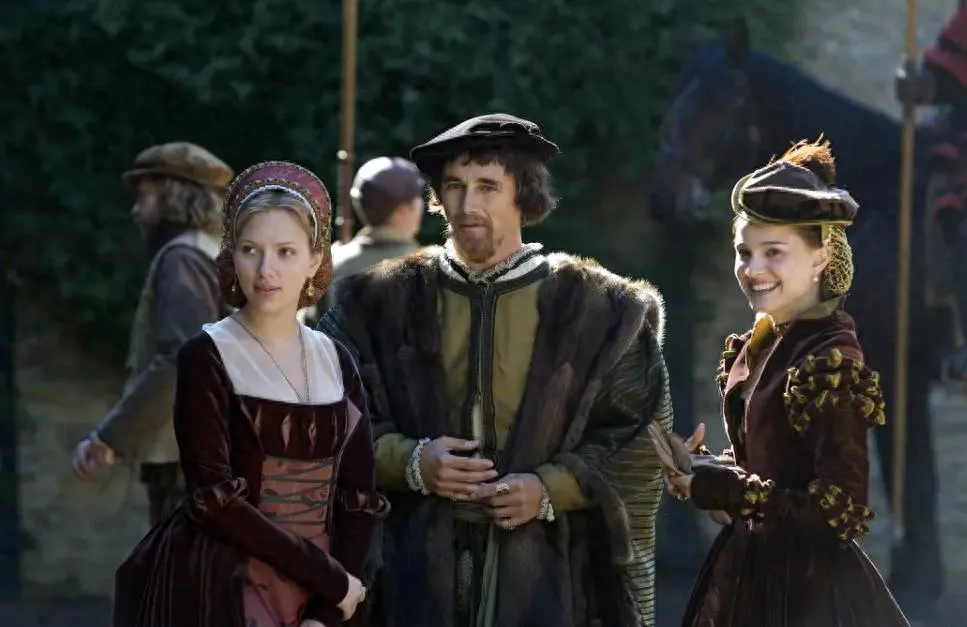
In 16th-century England, the Boleyn family boasted two beautiful sisters. Anne, the elder, was stunningly beautiful, fiercely independent, and ambitious. Mary, the younger, was graceful, gentle, and understanding. They also had a brother, George, with whom they shared a close bond.

Mary married her sweetheart before Anne. On the eve of her wedding, like any young woman in love, she promised Anne that she would share everything that happened on her wedding night. They laughed, shy and happy, their joy blossoming like flowers.
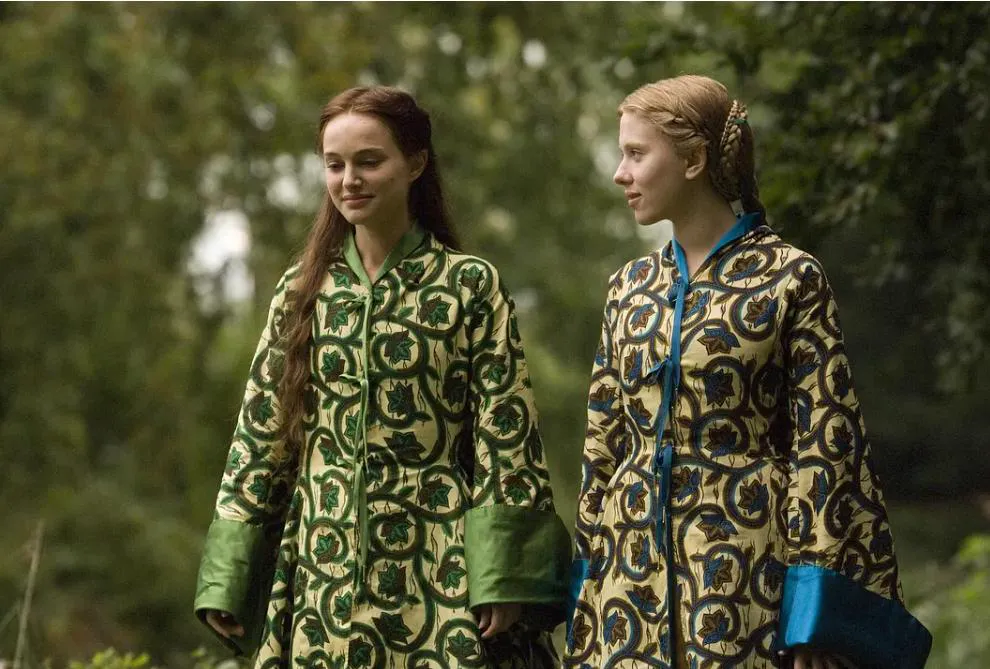
The Family’s Scheme
Mary’s early marriage was a calculated move by the Boleyn family. Mary was simple, kind, and desired only a peaceful life. Anne, however, was different. She was like a red rose, fiery, fragrant, beautiful, and thorny. In the eyes of their father and uncle, Anne was the one who could bear the great responsibility of becoming the king’s woman and ensuring the family’s prosperity—becoming King Henry VIII’s mistress.
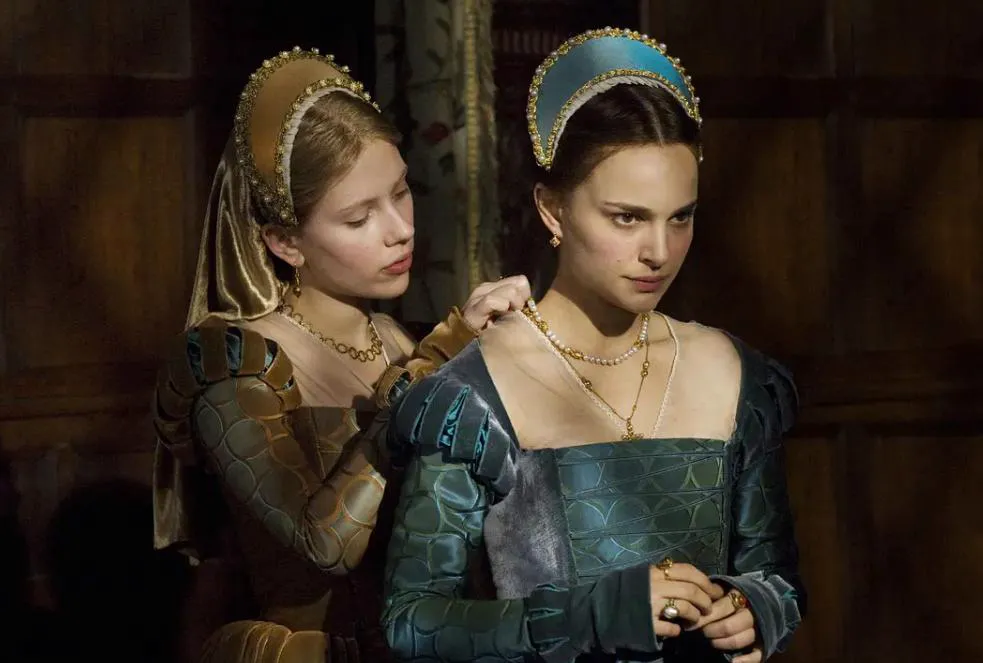
Through the family’s careful planning, Anne got a golden opportunity—to accompany the king on a hunt. Anne lived up to expectations, her heroic spirit impressing the king.
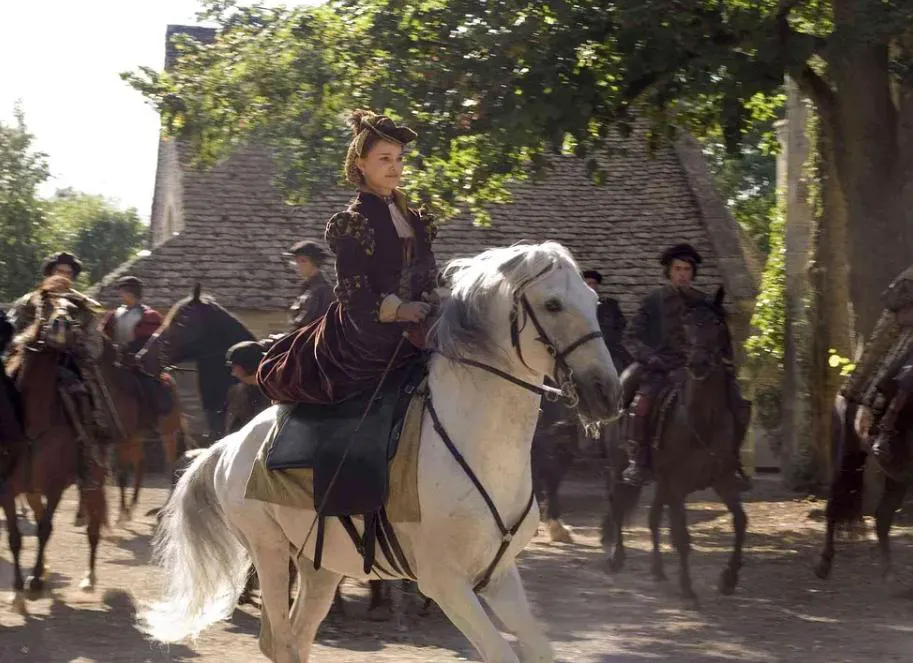
Ironically, Anne’s eagerness to chase a deer led to the king’s injury and loss of face. During his recovery at the Boleyn estate, Mary’s meticulous and gentle care moved the king’s heart. Even though Mary was married, Henry VIII decided to bring her to court as a lady-in-waiting to Queen Catherine.
Queen Catherine had given birth to several children, but they all died young, leaving only one daughter. Without a son, there was no heir to the throne, and the Queen’s position was precarious. Anne, convinced that Mary had used her wiles to steal her love, felt humiliated and recklessly became engaged to a man who was already betrothed.
This was an extremely foolish and dangerous choice. To protect Anne, Mary had no choice but to report her. Anne was exiled to France, and the sisters became bitter enemies. In Anne’s eyes, Mary became the enemy who had ruined her and taken everything from her.

The Return and the Rise
Mary and the king had a brief but sweet time together. Henry VIII, the second son of Henry VII, felt a sense of kinship with Mary, as he was also the second child in his family who was not valued: “I know that the second child is always undervalued, living in the shadow of the eldest son.”
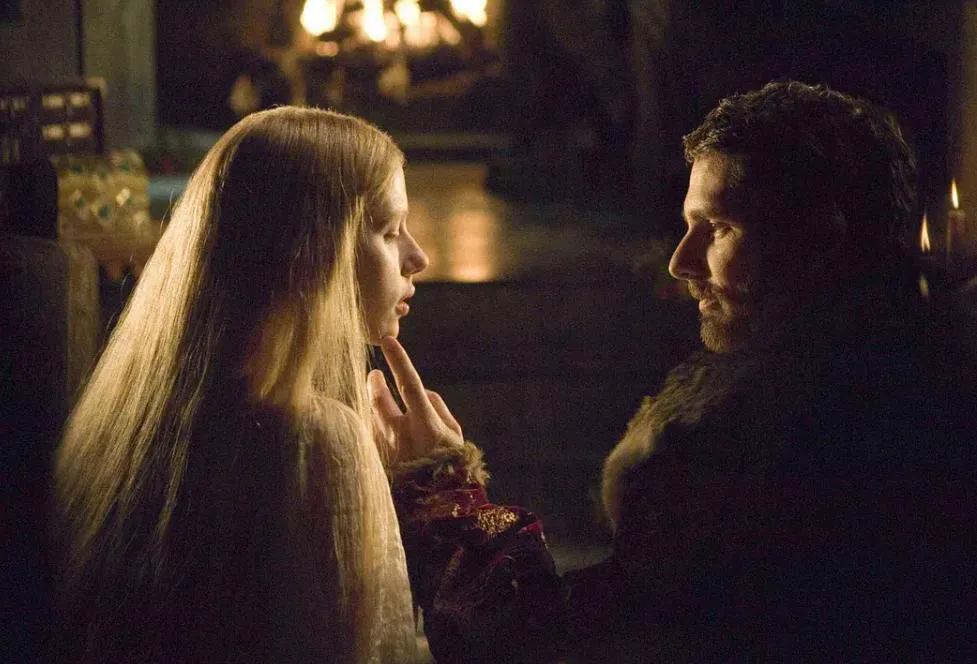
Soon after, Mary became pregnant. To prevent the king from seeking new pleasures, Anne was recalled at the family’s arrangement. She returned like Zhen Huan from Lingyun Peak, having endured hardships and been reborn. The humiliation and trials in France had given her deeper cunning and more mature skills. She wanted revenge and to reclaim everything that was hers.
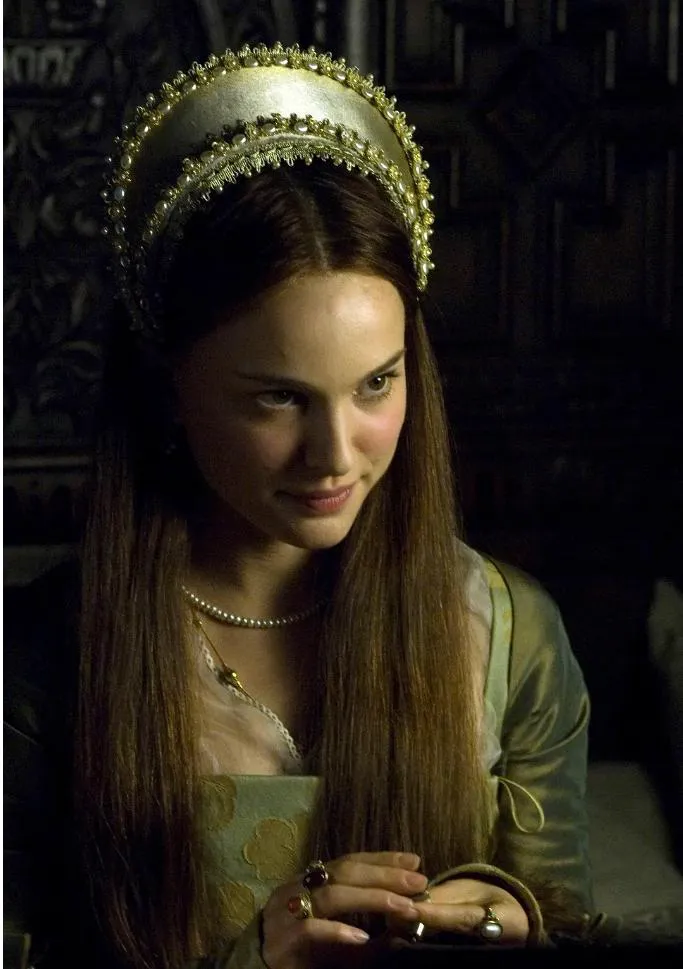
She displayed her extraordinary charm in front of the king, playing hard to get, keeping the king’s desires in her palm. What she wanted was no longer just to be the king’s woman, but to be the Queen of England.
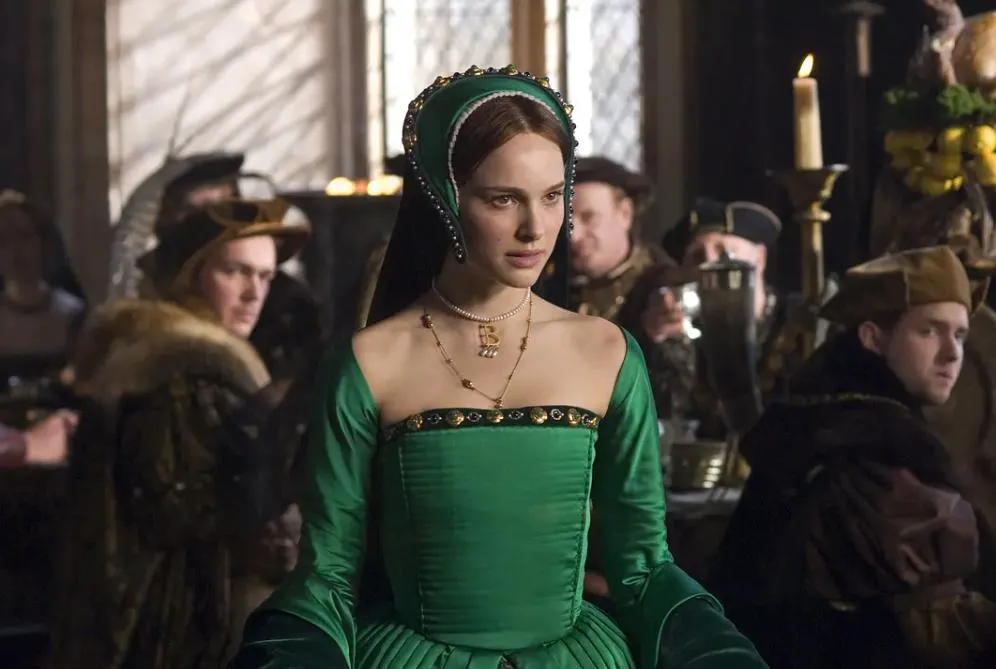
The king, driven by lust and frustration, eventually lost his mind. To please Anne, he did not hesitate to depose the Queen and promised never to see Mary again—even though Mary had just given birth to his son. Anne planned carefully and schemed meticulously. The other Boleyn girl finally wore the crown and reached the pinnacle of power.
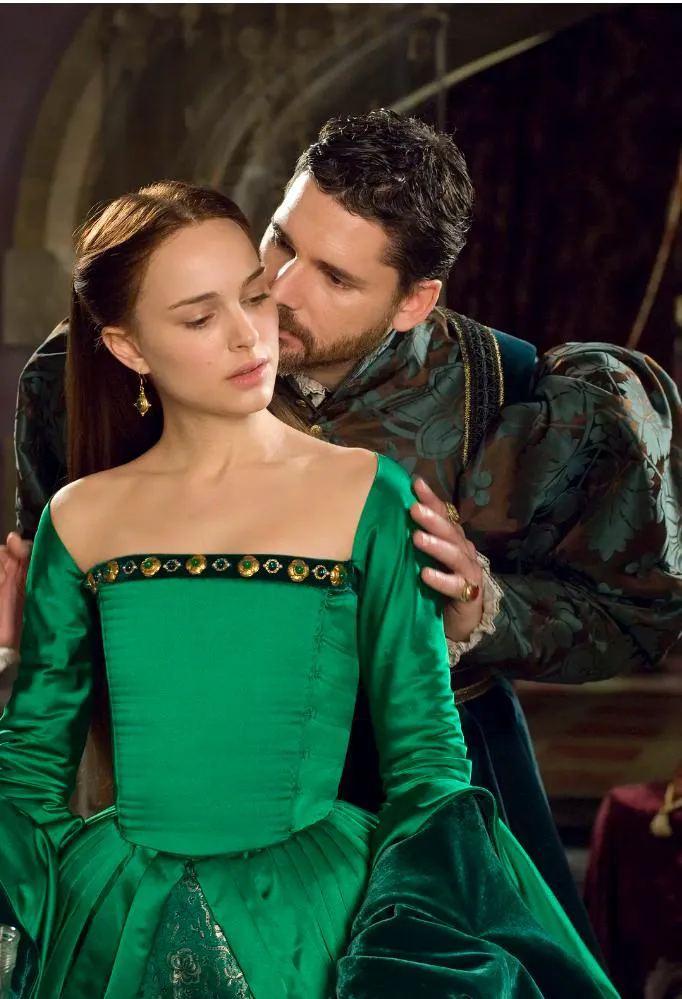
Anne and Mary, like two sides of a coin, seemed completely different but were actually two parts of the same whole. They were both pawns of the family, their youth, beauty, and love insignificant in the face of power struggles and family glory.
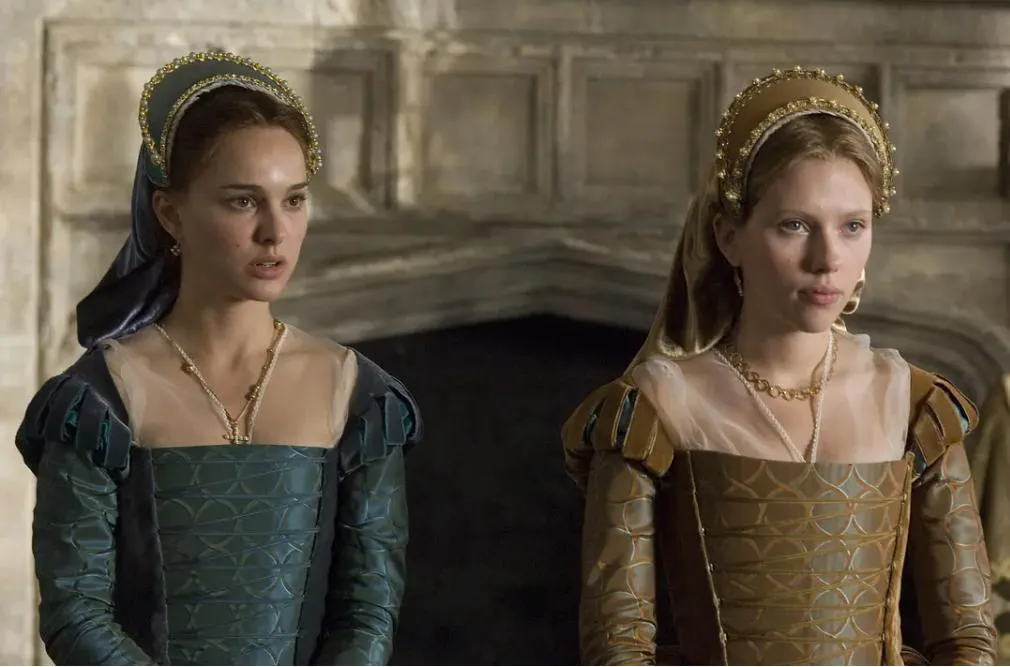
The Downfall and the Aftermath
Anne, who once thought she had everything, once again felt the tricks of fate. After giving birth to a daughter, she miscarried again and failed to produce a son. The king’s coldness reappeared, and he became increasingly distant. She was terrified of repeating Queen Catherine’s fate and proposed a risky move—to borrow seed from her brother George to have a child and regain the king’s favor.
This plan was reported before it could be implemented. In 1536, Henry VIII’s second queen, Anne, was sentenced to death for adultery and treason. Until the moment she walked to the execution block, she was still fantasizing that the king, who had once been infatuated with her, would have a moment of compassion and spare her life.
Mary, who had long been away from the court, rushed to plead with the king, asking him to spare her sister’s life for the sake of their past love and their children. However, they both overestimated the weight of that love. Like Wang Jiazhi in “Lust, Caution,” one moment she was wearing the pigeon egg he gave her; the next, she was under his knife.
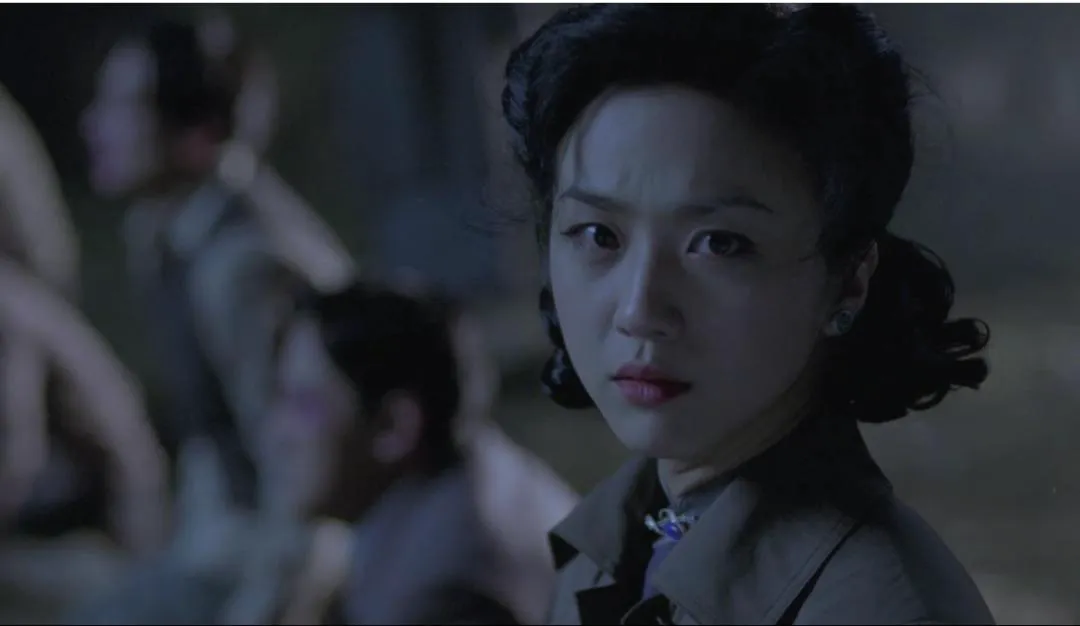
Anne was publicly executed, her head severed from her body. Mary then retired to the countryside to raise her children. The lives of these two sisters were rewritten by a fickle and irresponsible man. Affection was mixed with calculation, and their emotional world fell apart. Fate was unpredictable, and they had no control or choice.
One of the Boleyn sisters schemed and plotted but ultimately ruined her life. The other embraced simplicity and truthfulness and gained final peace and family happiness.
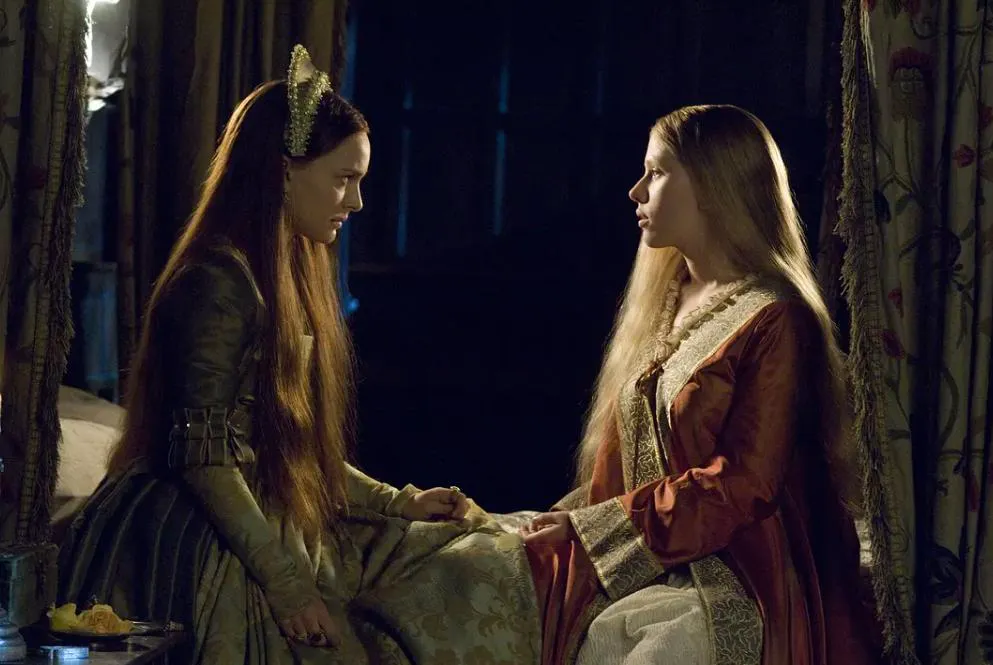
Historically, eleven days after Anne’s death, her maid Jane Seymour became Henry VIII’s third queen. Henry VIII married six queens in his lifetime and had countless mistresses, few of whom had happy endings.
But neither he nor Anne ever imagined that in the cycle of life, their daughter Elizabeth I would ascend the throne after twenty-two years of bloody struggle and rule the British Empire for forty-five years. The true love that Anne spent her whole life trying to obtain, the position of queen that she could not secure, was something her daughter disdained.
Elizabeth I remained unmarried for the rest of her life, using her life to create a golden age for the Tudor dynasty and even British history.
From ancient times to the present, history is so similar. There is nothing new under the sun.
150 years after the story of the Boleyn girls, Yixiu and Chun Yuan entered the Yongqin Prince’s mansion one after another. The sisters, who were originally in love with each other, embarked on a fork in the road of fate. One died early but was remembered for a lifetime. One planned for half a lifetime but ended up with nothing.
Their fate never really belonged to them.
When useful, they are pawns.
When useless, they are discarded.
Some Zhen Huan fans have said: If Chun Yuan had not died and had become the queen, she would have been just another Ruyi. Yes, just another Ruyi—a beautiful beginning with a tragic end, a deep karmic entanglement.
In a patriarchal world, no woman is a true winner.
Looking back at history is like having a long dream. When we wake up, we find that we have already crossed that old time and space and live in an unprecedented era of self-ownership.
How fortunate we are.